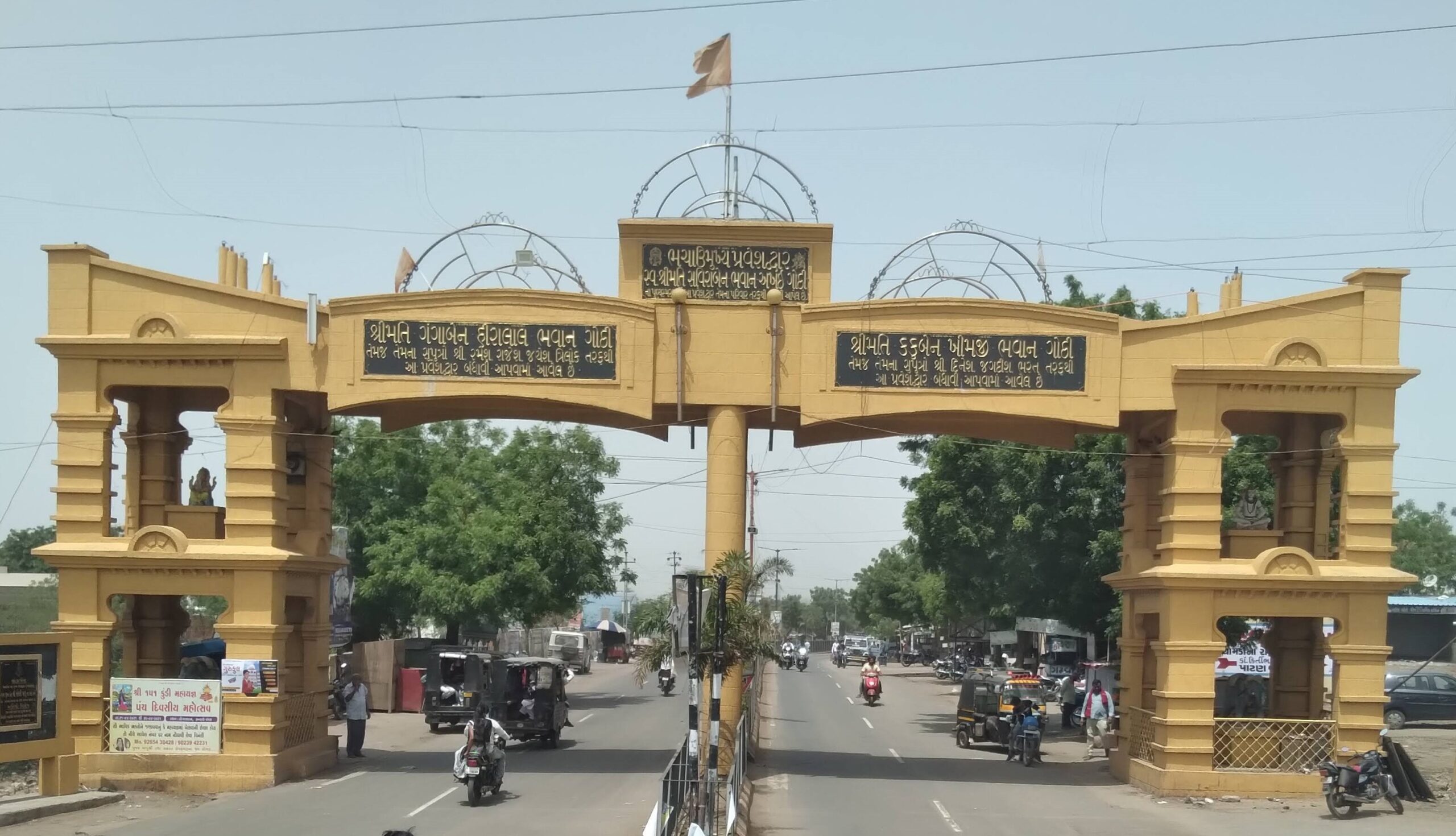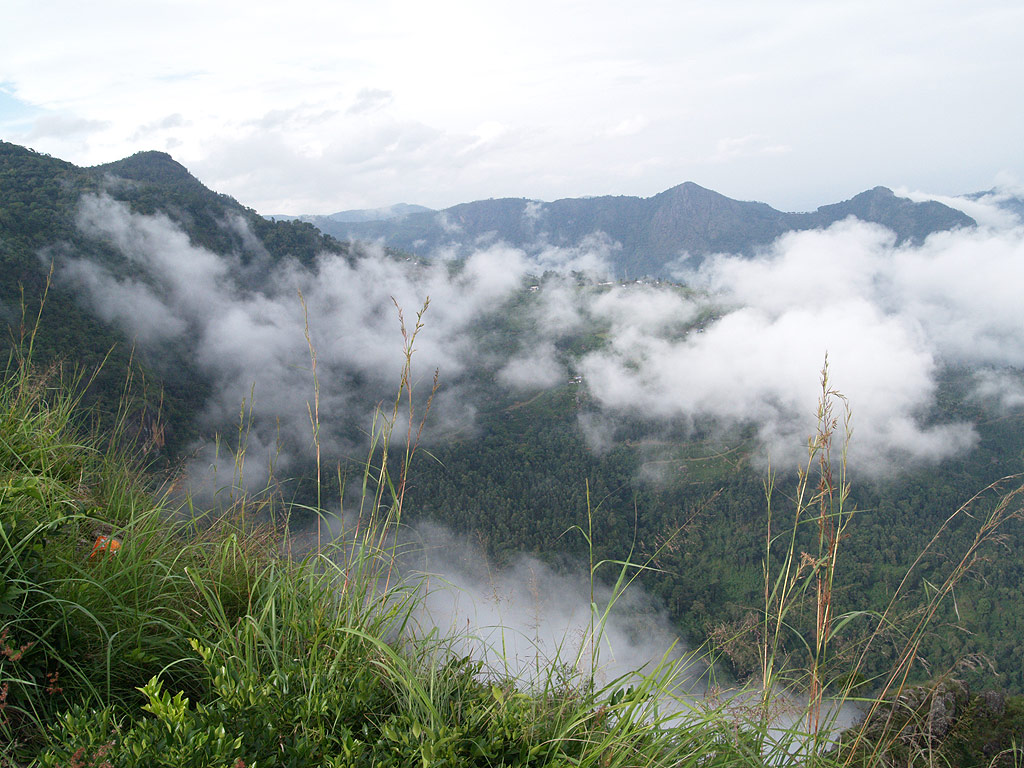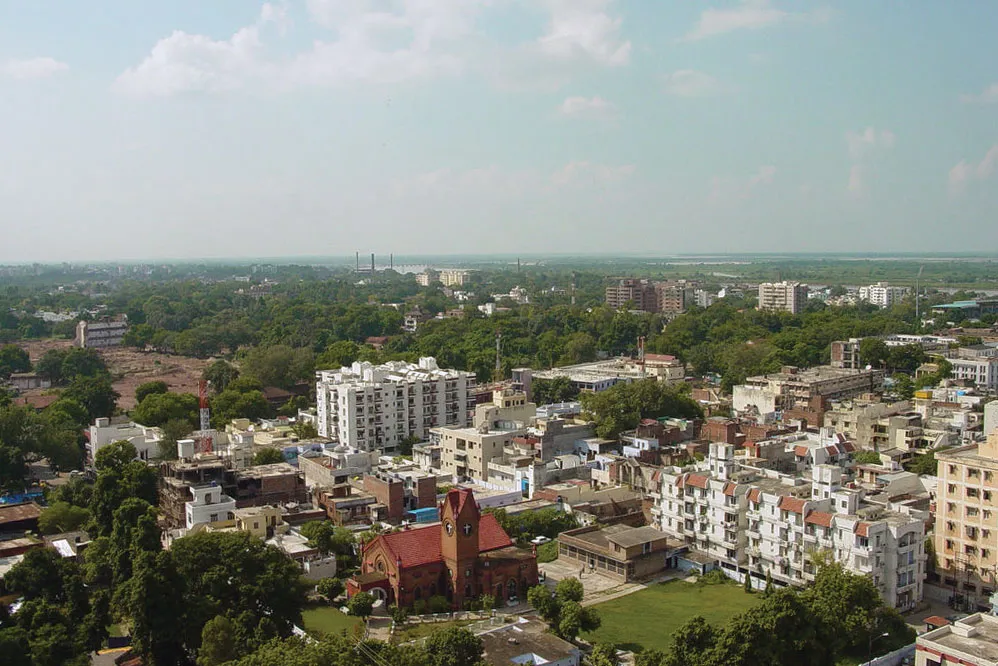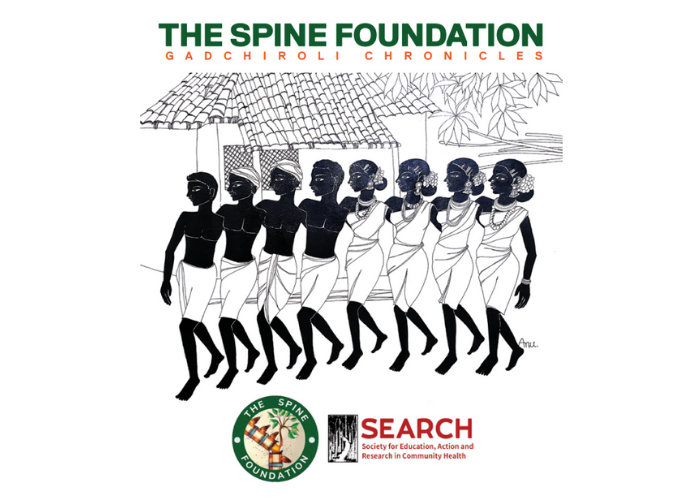Why Rural Women Are More Vulnerable to Spine Issues — And How to Help

Spine-related issues are a growing concern in India, especially in rural and tribal populations. Among them, women are disproportionately affected. From chronic back pain to degenerative spinal disorders, rural women face a unique set of challenges that significantly impact their quality of life.
While urban women have increasing access to healthcare and awareness, rural women continue to suffer in silence — often unaware that their persistent back pain could be a symptom of something more serious.
At The Spine Foundation, years of medical camps, surgical interventions, and on-ground research in rural districts of India have revealed a recurring trend: rural women are more vulnerable to spinal disorders than any other demographic group. But why is this the case? And what can be done to help them?
Let’s explore the root causes, the current gaps, and the way forward — using only real, verified, non-fictional data and field learnings.
1. The Physical Burden of Rural Women
Rural Indian women carry an enormous physical load — literally and figuratively. Their daily responsibilities include:
- Fetching water from distant sources
- Carrying heavy loads of firewood, crops, or animal feed
- Performing agricultural labor in bent postures for hours
- Squatting for household chores like cooking, cleaning, and washing clothes
- Carrying children while walking long distances
These repetitive and strenuous activities are often performed without any ergonomic support, proper footwear, or rest. Over time, this leads to:
- Early disc degeneration
- Lumbar strain
- Sacroiliac joint pain
- Compressed nerves
- Vertebral fractures (especially post-menopause due to osteoporosis)
Real Impact:
In districts like Gadchiroli and Nandurbar The Spine Foundation teams have found a high prevalence of chronic low back pain among women aged 30–60, many of whom have lived with pain for years without seeking help.

2. Lack of Awareness About Spine Health
Most rural women associate back pain with “overwork” or simply “part of life.” There is little to no awareness about:
- What the spine is
- How back pain could be a sign of something serious
- When to seek medical care
In fact, many women don’t realize that pain radiating to the legs, numbness, or weakness could be early signs of nerve compression or a slipped disc. Due to cultural conditioning, many continue to work through severe discomfort, further worsening their condition.
Field Learning:
During spine camps organized by The Spine Foundation, many first-time female patients arrive only when their condition has become disabling — often requiring surgery.
3. Gender Barriers to Healthcare Access
Despite needing medical help, rural women face structural and cultural barriers:
- Dependency on male family members to accompany them to clinics
- Limited autonomy in making health decisions
- Inadequate female health professionals in rural health centers
- Stigma around discussing physical pain, especially in tribal communities
Moreover, public health programs in rural areas have traditionally focused more on reproductive health or communicable diseases, leaving spine and musculoskeletal health out of the picture.
4. Malnutrition and Bone Health
Poor nutrition is a silent contributor to spine vulnerability in rural women.
- Iron, calcium, and vitamin D deficiencies are rampant due to poor dietary intake.
- Women eat last in many households, often consuming leftover food with fewer nutrients.
- Early pregnancies, multiple childbirths, and breastfeeding further deplete bone reserves.
As a result, osteoporosis is prevalent, especially in post-menopausal women. This increases the risk of vertebral compression fractures, even without trauma.
Evidence from the Field:
The Spine Foundation has frequently identified osteoporotic spinal fractures in elderly rural women during outreach spine camps, many of whom were unaware of the cause of their back pain.
5. Limited Physiotherapy and Rehabilitation Services
Spinal issues often require non-surgical interventions like:
- Physiotherapy
- Back-strengthening exercises
- Posture correction
- Occupational modification
However, rural India lacks access to trained physiotherapists and physical rehab services. Moreover, women often return to the same physically demanding routines post-treatment, leading to recurrence of pain or worsening of the condition.
Initiative Spotlight:
The Spine Foundation’s Physiotherapy Outreach Units have been crucial in delivering low-cost, community-based therapy in remote areas — but the scale remains limited due to lack of trained manpower.
6. Early Detection Is Rare
Rural women typically present for spine care at later stages — when symptoms are severe or disabling:
- Inability to walk
- Loss of bowel/bladder control
- Debilitating sciatica
- Severe kyphotic deformity (hunchback)
Early diagnosis through simple clinical examination could prevent major interventions, but primary healthcare workers are often not trained to recognize early spine issues.
ASHA Worker Involvement:
The Spine Foundation has begun sensitizing ASHA workers to screen for spinal red flags during routine household visits. This decentralized model is showing promise in identifying cases earlier.
7. Socioeconomic Factors
Many rural families prioritize the health of male earning members, sidelining chronic conditions in women. Since women’s labor is unpaid and invisible, their inability to work is often ignored — until it affects the entire household.
Also, transport costs, wage loss due to travel, and fear of surgery keep women from pursuing treatment even if it is available.
8. How The Spine Foundation Is Helping
With decades of focused work in underserved regions, The Spine Foundation has developed a multi-tier model to address the spine health crisis among rural women.
Key Interventions:
a. Spine Camps in Villages
- Organized in tribal and rural districts of Maharashtra, Gujarat, Jharkhand, and more
- Provide free clinical diagnosis, imaging support, and specialist consultations
- Target high-risk women for early intervention
b. Training Local Healthcare Providers
- ASHA and ANM workers trained to identify red flags in spine conditions
- Community health volunteers empowered to educate women about spine hygiene
c. Mobile Physiotherapy Units
- Equipped vans reaching remote areas with basic physiotherapy tools
- Local therapists trained to continue care post-camp
d. Affordable Surgical Care
- Referral of serious cases to rural spine hospitals for low-cost or free surgery
- Special focus on conditions like spinal tuberculosis, spondylolisthesis, and degenerative disc disease
e. Research & Data Collection
- Publishing real-world data on spinal health trends among rural women
- Influencing policy change through evidence-based findings
9. Solutions: What More Can Be Done?
While organizations like The Spine Foundation are bridging the gap, a scalable, sustainable approach is necessary. Here’s how we can go further:
A. Integrate Spine Health into Public Health Programs
- Include spine screening in government health check-up drives
- Train PHC and CHC staff in basic spine assessment
B. Nutrition Programs Targeted at Women
- Community kitchens providing iron- and calcium-rich meals
- Subsidized vitamin D supplements for post-menopausal women
C. Ergonomic Training
- Teach safe lifting techniques for agricultural and household work
- Distribute low-cost tools like raised water containers or firewood carriers
D. School-Based Spine Education
- Educate adolescent girls on posture, nutrition, and menstruation-linked spine issues
- Reduce early onset of back problems
E. Technology Integration
- Mobile apps to help rural women track pain symptoms
- Telemedicine for spine consultations
10. A Call to Action
Spine disorders don’t just affect bones — they affect lives, livelihoods, and the dignity of women who form the backbone of rural India. As we strive for equitable healthcare, addressing spinal health in rural women is not optional — it is urgent.
The work done by The Spine Foundation across India’s remotest corners proves that impact is possible — but it requires awareness, collaboration, and sustained support.
If you’re a policymaker, healthcare provider, NGO, or just someone who cares, consider supporting or partnering with initiatives that prioritize the spinal health of rural women.
Conclusion
Rural women are disproportionately burdened by spinal issues due to physical labor, poor nutrition, lack of awareness, and gendered barriers to care. The situation may seem complex, but it is not hopeless. With targeted interventions — from spine camps and physiotherapy to education and early screening — the narrative can change.
Organizations like The Spine Foundation are leading the way, but they need community participation, government support, and greater visibility.







 Purulia (West Bengal): 27 Nov - 30 Nov 2025
Purulia (West Bengal): 27 Nov - 30 Nov 2025
 Bhachau (Gujarat): 04 Dec - 07 Dec 2025
Bhachau (Gujarat): 04 Dec - 07 Dec 2025
 Gadalur (Tamil Nadu) Feasibility Visit : 10 Dec - 11 Dec 2025
Gadalur (Tamil Nadu) Feasibility Visit : 10 Dec - 11 Dec 2025
 Kanpur (Uttar Pradesh) Feasibility Visit : 12 Dec - 14 Dec 2025
Kanpur (Uttar Pradesh) Feasibility Visit : 12 Dec - 14 Dec 2025
 Jalgaon (Maharashtra) : 11 Dec - 14 Dec 2025
Jalgaon (Maharashtra) : 11 Dec - 14 Dec 2025
 Silchar (Assam) : 18 Dec - 21 Dec 2025
Silchar (Assam) : 18 Dec - 21 Dec 2025
 Kankavli (Maharashtra) : 19 Dec - 21 Dec 2025
Kankavli (Maharashtra) : 19 Dec - 21 Dec 2025
